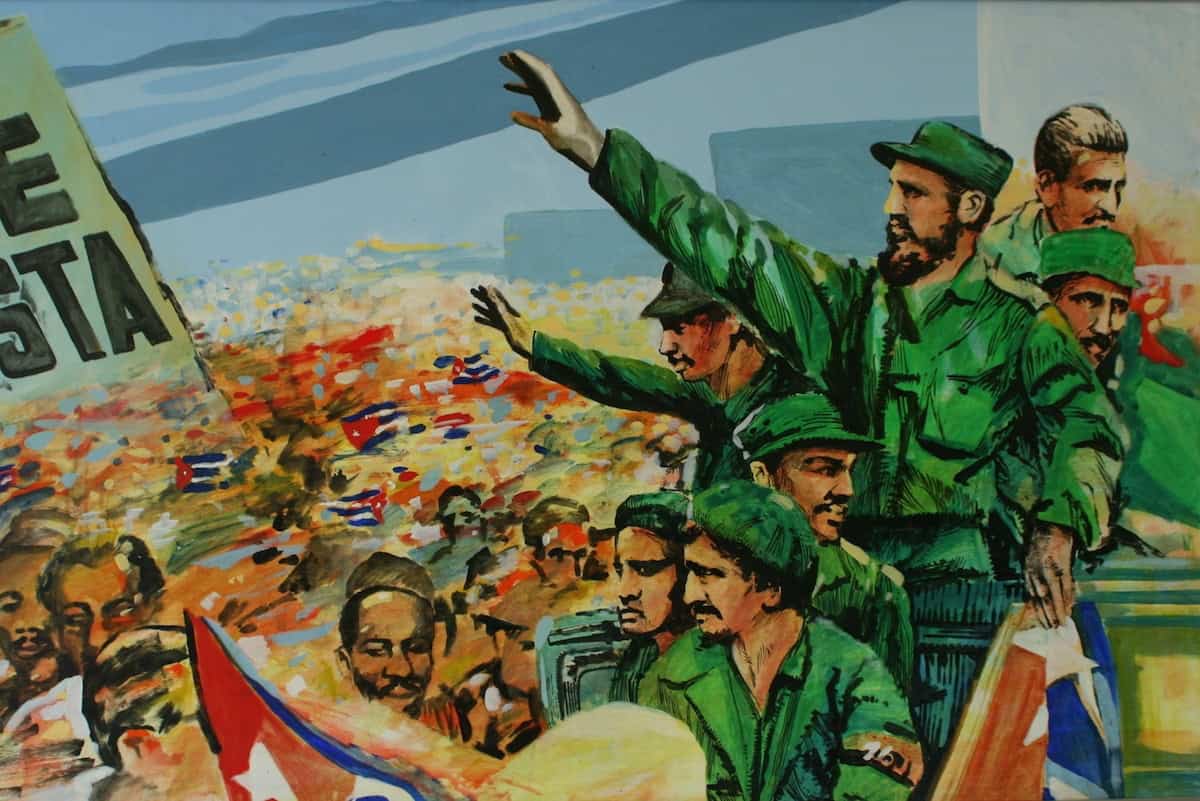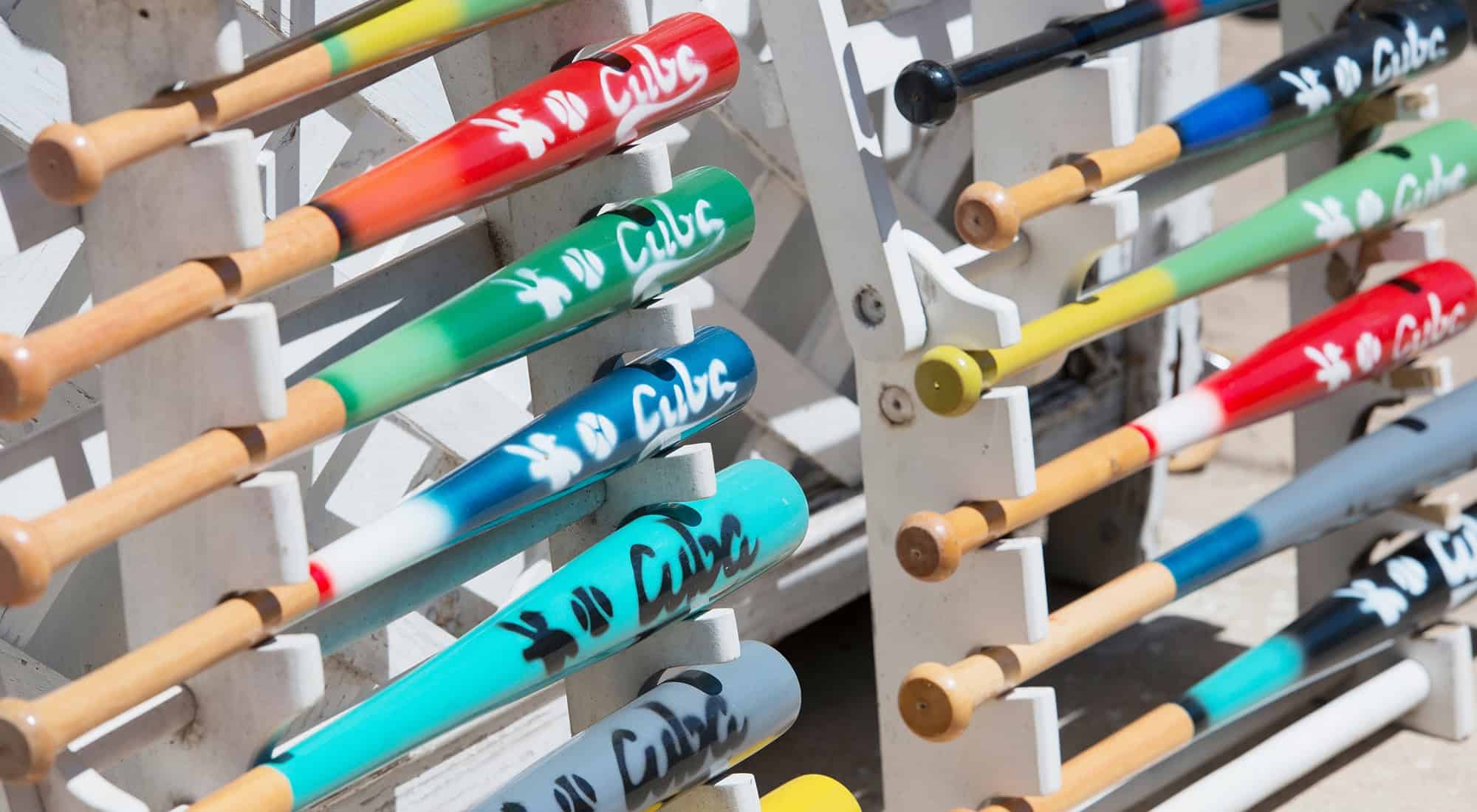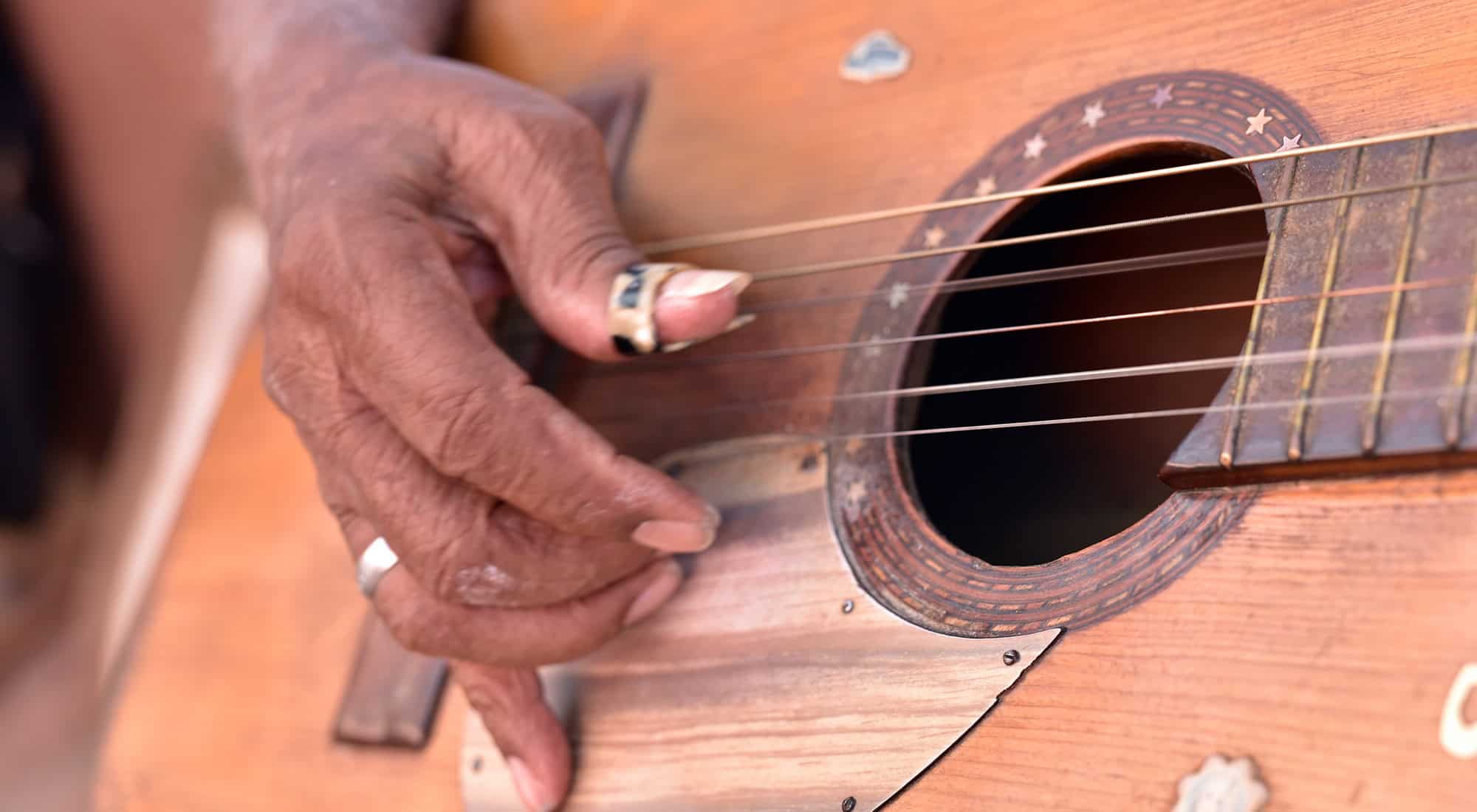As Cuba celebrates the 60th anniversary of the uprising led by Fidel Castro, which was completed in January 1959, explore six fascinating sites linked to the Revolution

Museo de la Revolución, Havana
This huge, ornate building, topped by a dome, was once the Presidential Palace, but now contains the Museo de la Revolución. The history of Cuban political development is charted, from the slave uprisings to joint space missions with the ex-Soviet Union. The liveliest section displays the final battles against Batista’s troops, with excellent photographs and some bizarre personal mementoes. The yacht Granma, from which Fidel Castro disembarked with his companions in 1956 to launch the Revolution, has been installed in the park facing the south entrance, surrounded by planes, tanks and other vehicles involved, as well as a Soviet-built tank used against the Bay of Pigs invasion and a fragment from a US spy plane shot down in the 1970s.

Plaza de la Revolución, Vedado, Havana
This vast open space, surrounded by imposing 1950s buildings housing most of the more important ministries, is a focal point for anyone wanting to understand the charisma of Fidel Castro and his marathon speeches. Suspended on the outside of the Ministry of the Interior is the 30m steel sculpture of Che Guevara seen in all photos of Havana – a replica of the iconic image originally shot in 1960 by the celebrated photographer Alberto Korda. Overlooking the square is the Memorial y Museo a José Martí, the 17m-high statue of national hero José Martí, carved from white marble extracted from La Isla de la Juventud. The enormous base of the monument is where Castro stood to address the people. Inside it is a beautifully restored and most impressive museum. Don’t miss the lookout accessed by mirrored lift. This is the highest point in the city, offering panoramic views over Havana.

Che Guevara Mausoleum and Museum, Santa Clara
Santa Clara was the site of the last and definitive battle of the Revolution, when Che Guevara and his men captured an armoured troop train and, subsequently, the city. The Plaza de la Revolución Ernesto Che Guevara is the focal point of the national obsession with the Argentine guerrillero. On one side of the Plaza (on Prolongación Marta Abreu) is the Complejo Escultórico Comandante ‘Ernesto Che Guevara’. A huge bronze statue of Che carrying a machine gun stands on top of a large concrete plinth, a bas-relief scene depicting Che in battle and an inscription of a letter from Che to Fidel when he left Cuba. Major speeches and commemorative events take place here on May Day and 8 October, the day of Che’s death. On 28 December there is an annual concert with Cuban and Latin American singers. Under the monument is a Mausoleum where the remains of Che and his comrades who fell in Bolivia have been interred. The architecture is designed to be in keeping with the harsh surroundings in which they fought. The mausoleum is open to the public and the chamber is a place of contemplation and calm. Beside the mausoleum is the Museo Histórico de la Revolución, with good displays in Spanish and sometimes a video about Che’s life and role in the Revolution, with many photos, uniforms and personal effects, including his famous leather jacket and the clothes he was wearing when he was murdered in Bolivia, as well as displays of the battle in Santa Clara.
Museo Histórico 26 de Julio, Santiago de Cuba
Two blocks east of Parque Abel Santamaría is the former Moncada Garrison, which was attacked (unsuccessfully) by Castro and his revolutionaries on 26 July 1953. Most of the men were captured, tortured and murdered. Fidel was caught later and imprisoned before being exiled. When the Revolution triumphed in 1959, the building was turned into a school. To mark the 14th anniversary of the attack, in 1967 one of the buildings was converted to a museum, featuring photos, plans and drawings of the battle. Exhibits include personal items of the revolutionaries, weapons used in the attack on the Moncada Garrison and during the battles in the Sierra Maestra. There is a homemade gun built by Che Guevara and a waistcoat that belonged to José Martí. Bullet holes, filled in by Batista, have been reconstructed on the outer walls. A guided visit is highly recommended to help you understand the brutality and carnage of the Batista regime.

Comandancia de la Plata, Sierra Maestra Mountains
Castro’s mountain base during the Revolution is a tough 3km hike from the nearest drivable track – a steep and sometimes very muddy trail, but a worthwhile trek. Halfway along the path you come to the Casa Medina; the Medina family was the first to help the guerrillas during the Revolution, and the Osvaldo Medina Quintet, which entertained the troops, still continues to perform. It is alleged that Castro continued to drink coffee from this region to the exclusion of all others. Once you get to the command station you are shown a small museum and other wooden buildings in the camp. Castro’s bedroom, campbed and kitchen are all still here. Ask to see the hospital and the Radio Rebelde installations, which are a further 15-minute walk to the top of the hill. It is all very evocative and atmospheric, set in beautiful mountain surroundings; you may see the Cuban trogon and other birds in the forest.

Granma landing site, near Niquero
From Niquero a dirt road leads to the mangrove swamp where Castro’s 82 revolutionaries disembarked from the yacht Granma on 2 December 1956. By the dirt road is a small park containing a replica of Granma (the real one is in Havana) and the house of Angel Pérez Rosabal, the first person to help Castro after the landing. A guide is obligatory. A 2km concrete path through the swamp takes you to a concrete jetty and a plaque marking the occasion of the landing. It is a hot, desolate walk there and back, but hugely atmospheric when you imagine the men wearing heavy fatigues and carrying enormous packs with guns and ammunition struggling through the mud, mosquitoes, mangroves and razor grass. Every year on 2 December, hundreds of youths re-enact the whole journey from Mexico, disembarking here and heading off into the Sierra Maestra; it’s worth visiting at that time.











